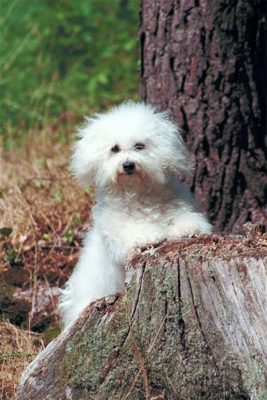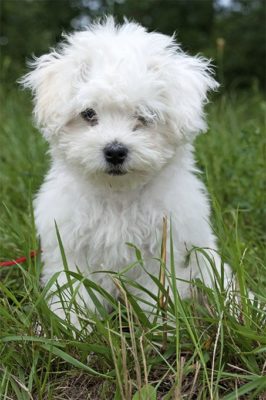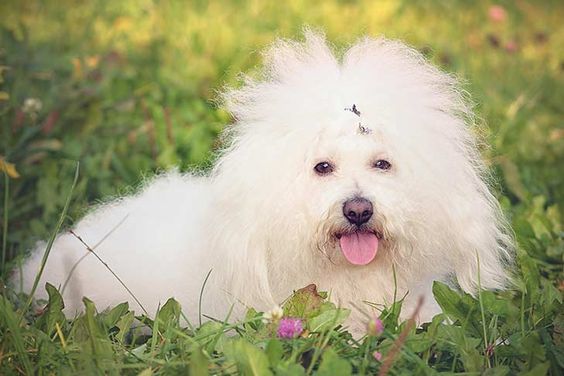Bolognese
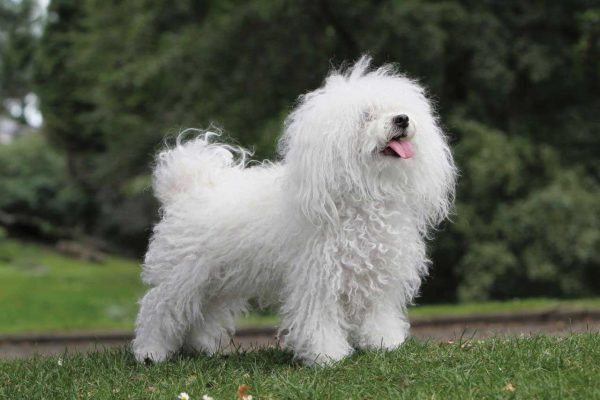
Bolognese are cute and adorable pets who love to play with people. They are energetic and tireless, brave and resourceful. At the same time, Bolognese Bichons are quite balanced. They are loyal and devoted to their owner, with whom they have a strong bond. These dogs love to be the center of attention, and thanks to their resourcefulness, they find ways to get it. They give attention and affection to the people around them.
Table of Contents
Breed Information
| Another Name | Bichon Bolognese, Bolognese Toy Dog, Bologneser, Bolo, Botoli, Bottolo |
| Origin | Italy |
| Height | Males 27-30 cm Females 25-28 cm |
| Weight | 2.5-4 kg |
| Fur | Long, fluffy |
| Color | White |
| Lifespan | 12-15 years |
| FCI Classification | Companion and Toy Dogs |
| Group | Decorative and companion dogs, apartment dogs |
| Price | From $800 |
Breed Photos
Origin History
The history of the Bolognese breed goes back many centuries, and its origins are largely shrouded in mystery. The Bolognese, aka Bolognese Bichons, is called Bologna, a city in northern Italy. It is from here that the pet got its name. It is believed that the Bolognese dogs are descendants of the Maltese Bolognese. The first mentions of dogs, similar to the Bolognese Bichonne in the description, date back to the 5th century B.C.
During the Renaissance, Bolognese Bichons were favorites of Italian aristocrats. There is a legend that the last King Umberto of Italy gave a pet of this breed to the Princess José of Belgium as a birthday present. And Florentine banker Cosimo de Medici sent Bolognese Bichons to several rich and influential families of Brussels.
By the beginning of the 19th century, Bolognese Bichons’ popularity had declined, and they began to disappear. To remedy the situation, several breeders, particularly the great admirer of this breed, Gian Franco Giannelli, brought back the popularity of the Bolognese. Since then, the Bolognese Bichon has managed to conquer and win the love of Europeans.
Appearance
The appearance of the Bolognese can be a tremendous aesthetic pleasure. Bolognese dogs have a thick beautiful silky white coat, mostly without spots or shades. Against the background of the white coat, dark eyes and a black nose lobe sparkle, which give the Bolognese Bichon a spectacular appearance.
The Bolognese Bichon is a stocky breed of compact size. The body of the Bolognese has a square outline. The pet’s head is round, the muzzle is slightly flattened, and the ears are high set and hanging. The dog’s paws are of medium length and proportional to the size of the body. The pet’s tail is short and slightly curved. Despite his petite physique, the Bolognese has a strong jaw. His eyes are large and round and almost always sparkle with curiosity.
Character
Bolognese are cute and adorable pets who love to play with people. They are energetic and tireless, brave and resourceful. At the same time, Bolognese Bichons are quite balanced. They are loyal and devoted to their owner, with whom they have a strong bond. These dogs love to be the center of attention, and thanks to their resourcefulness, they find ways to get it. They give attention and affection to the people around them.
Bolognese has a hard time with loneliness, so you should not leave them alone for long periods. Left alone, the pet becomes homesick and uncomfortable. It can lead to emotional distress in the dog.
Bichon Bolognese loves the outdoors. They are very happy when they have the opportunity to walk with other pets. It is worth noting that they get along well not only with dogs but also with cats.
Care
Taking care of a Bolognese Bichon does not require much effort. Like a dog with a long, fluffy coat, the Bolognese needs its care first and foremost. The coat needs to be brushed daily to prevent the hair from bunching up into tangles. In addition to brushing, you should check your pet’s coat for mites and other insects after walks. At least once a month, the pet should be clipped. It is not recommended to cut the Bichon Bolognese short, as the pet’s coat protects it from both the cold and the heat. Otherwise, caring for the Bolognese is quite simple. You need to remember to watch the hygiene of the ears, eyes, and mouth.
Training
The Bichon Bolognese is a decorative breed, so it does not need to be taught special skills. After it arrives in the house, the pet needs to be taught the rules of behavior in it – to accustom it to the sleeping place and the litter box, learn not to bark without reason, and not scratch the furniture.
Also, the dog must be taught basic commands and tricks. Training should be varied so that the process of training was interesting and exciting to the bichon. At the same time, you should avoid aggression and excessive severity.
Common Diseases
Bolognese is one of the healthiest breeds. It does not mean that its representatives do not get sick; sometimes, there are exceptions. Such pathologies as hip or elbow dysplasia and local dislocation of the kneecap can occur among this breed.
Like all shaggy dogs with floppy ears, Bichon Bolognese is prone to infectious eye and ear diseases. There is also no guarantee that this pet will not catch infections such as distemper and enteritis. To avoid this, you need to keep routine vaccinations in mind.
Nutrition
The diet of an adult Bichon Bolognese can consist of both dry food and natural products. In the case of dry food, the main rule of their choice is quality. Therefore, it should be premium food.
If natural food is chosen, the pet’s diet should consist of lean meat, cereal, vegetables, and fruit. Bolognese can be offered lean beef or chicken from meat, from porridge – rice, oat, or buckwheat. It is strictly forbidden to give your dog smoked meats, sweets, flour products, and tubular bones.
 German Wirehaired Pointer
German Wirehaired Pointer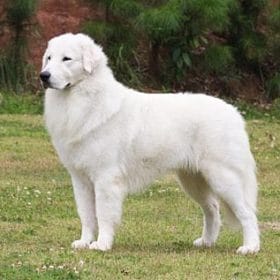 Maremmano-Abruzzese Sheepdog
Maremmano-Abruzzese Sheepdog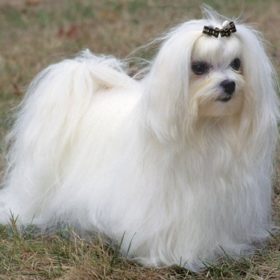 Maltese
Maltese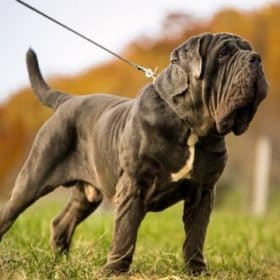 Neapolitan Mastiff
Neapolitan Mastiff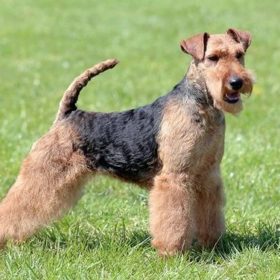 Welsh Terrier
Welsh Terrier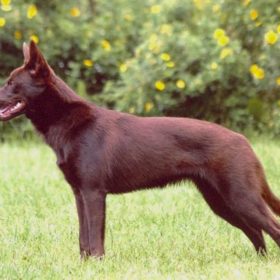 Australian Kelpie
Australian Kelpie